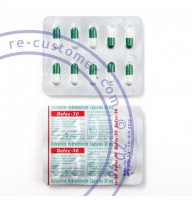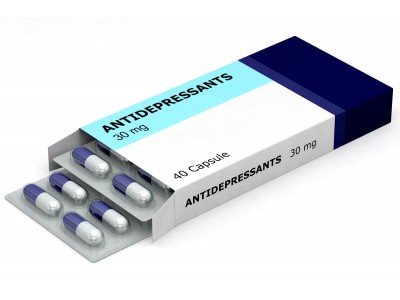The first antidepressant ever prescribed was iproniazid, which was initially developed in the 1950s. Iproniazid was originally intended as a treatment for tuberculosis, but its mood-enhancing effects were discovered serendipitously. Researchers observed that patients taking iproniazid seemed to experience an improved mood, leading to its use as a treatment for depression. Iproniazid is classified as a monoamine oxidase inhibitor (MAOI), a class of antidepressants that works by inhibiting the enzyme monoamine oxidase, which breaks down neurotransmitters such as serotonin and norepinephrine in the brain.
The evolution of antidepressant medications since iproniazid has been significant. Following the introduction of iproniazid, tricyclic antidepressants (TCAs) emerged in the 1950s and 1960s, with imipramine being one of the first. TCAs work by increasing the levels of neurotransmitters such as serotonin and norepinephrine in the brain. They were a major advancement but also came with side effects such as dry mouth, blurred vision, and constipation.
In the 1980s, selective serotonin reuptake inhibitors (SSRIs) were developed, with fluoxetine (Prozac) being one of the most well-known. SSRIs are designed to increase serotonin levels in the brain with fewer side effects compared to TCAs and MAOIs. They have become one of the most commonly prescribed classes of antidepressants due to their favorable side effect profile.
More recently, other classes of antidepressants have been introduced, including serotonin-norepinephrine reuptake inhibitors (SNRIs) and atypical antidepressants. SNRIs, such as venlafaxine and duloxetine, work on both serotonin and norepinephrine. Atypical antidepressants, like bupropion and mirtazapine, have different mechanisms of action and side effect profiles.
The field of antidepressants continues to evolve, with ongoing research focusing on new mechanisms of action, better efficacy, and improved safety profiles. Additionally, there is growing interest in rapidly acting treatments, such as ketamine and esketamine, for individuals with treatment-resistant depression.

